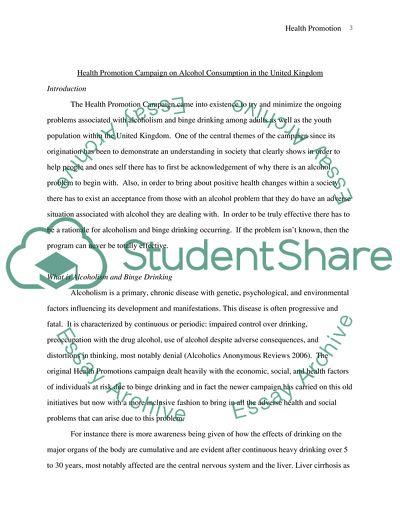Cite this document
(Health Promotion Campaign on Alcohol Consumption Research Paper, n.d.)
Health Promotion Campaign on Alcohol Consumption Research Paper. https://studentshare.org/health-sciences-medicine/1704911-portfolio-on-health-promotion-campaign-onalcoholbinge-drinking
Health Promotion Campaign on Alcohol Consumption Research Paper. https://studentshare.org/health-sciences-medicine/1704911-portfolio-on-health-promotion-campaign-onalcoholbinge-drinking
(Health Promotion Campaign on Alcohol Consumption Research Paper)
Health Promotion Campaign on Alcohol Consumption Research Paper. https://studentshare.org/health-sciences-medicine/1704911-portfolio-on-health-promotion-campaign-onalcoholbinge-drinking.
Health Promotion Campaign on Alcohol Consumption Research Paper. https://studentshare.org/health-sciences-medicine/1704911-portfolio-on-health-promotion-campaign-onalcoholbinge-drinking.
“Health Promotion Campaign on Alcohol Consumption Research Paper”. https://studentshare.org/health-sciences-medicine/1704911-portfolio-on-health-promotion-campaign-onalcoholbinge-drinking.


